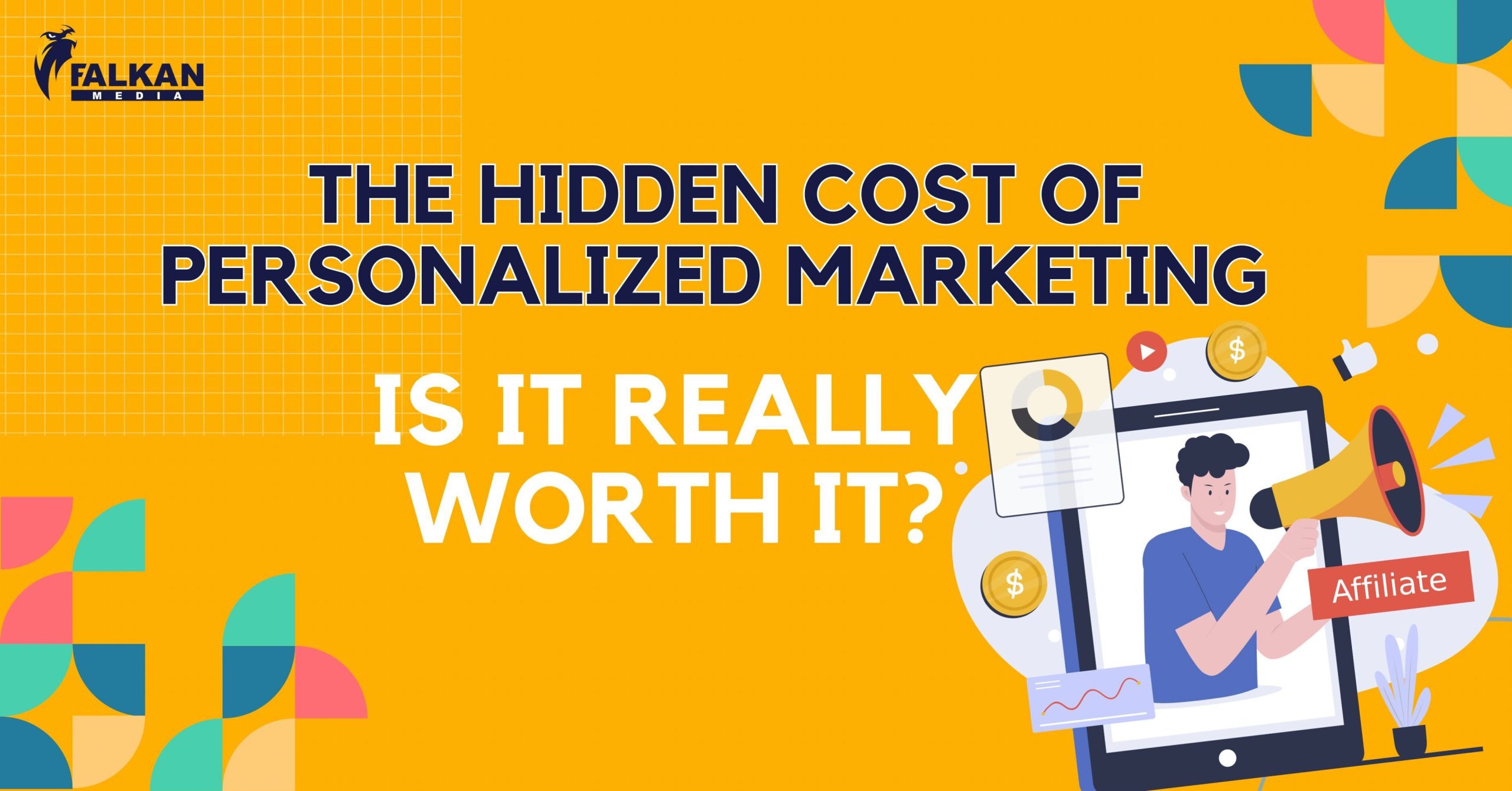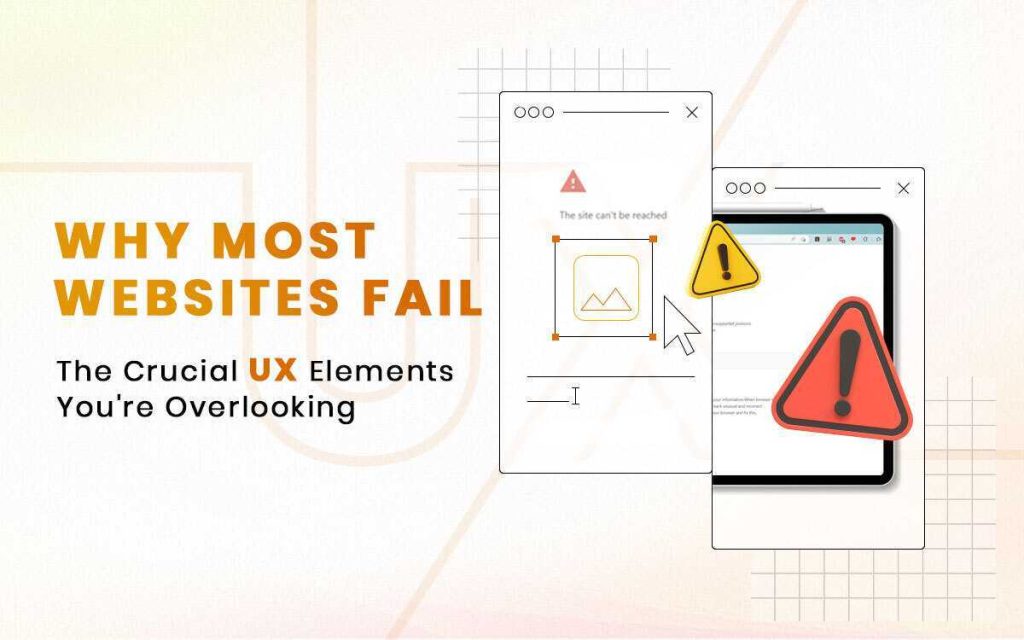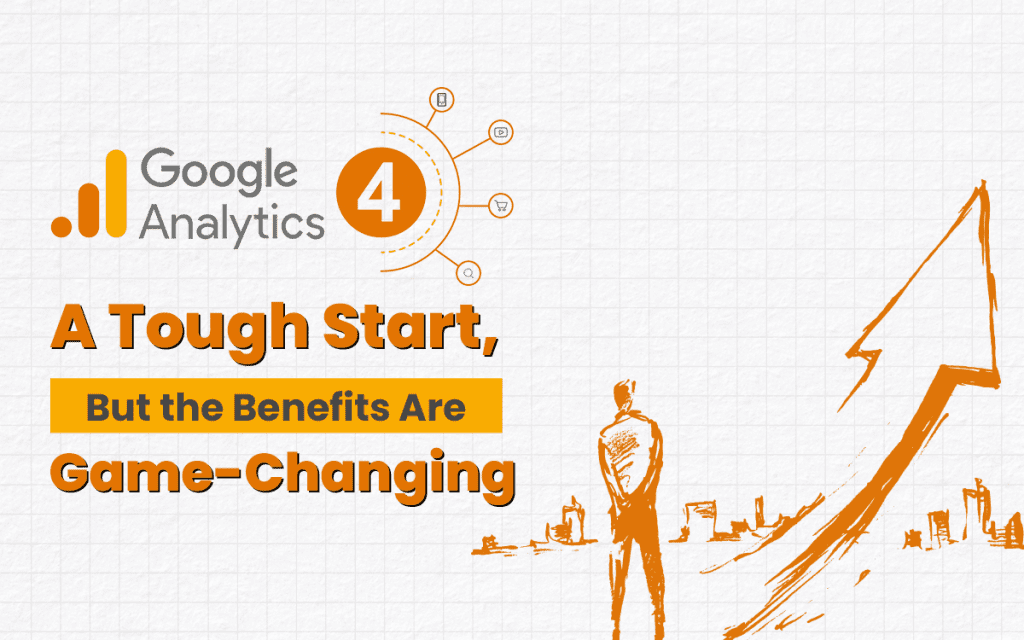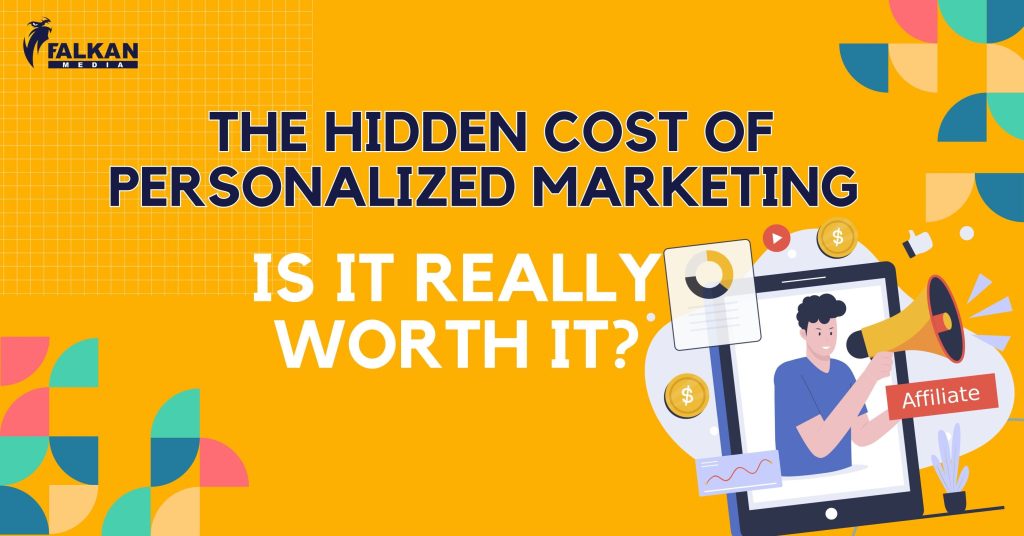Connecting with buyers and prospects on a personal level is becoming increasingly challenging.
The good news? Building real, human connections with your audience is simpler if you know which data and strategies to use.
One of the most effective strategies for creating a personal connection is personalized marketing.
But what exactly is personalized marketing, and what are its benefits? (Hint: It’s more than just adding “$FNAME” to your emails!)
Here’s what marketers need to know about personalized marketing.
What Is Personalized Marketing?
Personalized marketing is about creating tailored experiences for your customers.
It’s customizing your messages, offers, and content to fit individual needs.
You use data and insights to make each customer feel special and understood.
This approach helps build stronger connections.
It turns one-size-fits-all marketing into a conversation with each person.
Personalized marketing is incredibly popular. According to Statista, 78 percent of marketers use it in their email campaigns alone. Many also implement this strategy across multiple channels.
Different Types of Personalized Marketing
a. Segmentation
Segmentation is the first step in personalization.
You divide your audience into groups based on shared traits.
This can be demographics, interests, or behaviors.
Segmentation helps you target each group more effectively.
1. Demographic Segmentation
Demographic segmentation helps you pinpoint who your customers are. Take a luxury skincare company, for example. They might target women aged 30-50 with higher income levels because they’re more likely to buy premium products.
Key segments here include age, gender, income, education, occupation, marital status, and location.
2. Psychographic Segmentation
Psychographic segmentation digs into the “whys” behind customer behavior. Imagine a brand targeting adventure travelers. They could segment based on attitudes towards risk-taking, a love for exploration, and a willingness to try new things. This makes it easier to create marketing messages that hit home.
This approach gives you deeper insights into customer motivations, desires, and buying behaviors. Segments here include personality traits, hobbies, beliefs, opinions, and lifestyle choices.
3. Behavioral Segmentation
Behavioral segmentation zeroes in on actions rather than characteristics. For instance, a SaaS company might segment users based on how often they use advanced features. This helps tailor product updates, marketing messages, and loyalty programs to different user behaviors.
If you run an eCommerce store, you can segment users by purchase frequency, abandoned carts, average order value, category interest, or purchase history. This helps you craft marketing campaigns and personalize product recommendations based on customer behavior.
4. Geographical Segmentation
Geographic segmentation involves sorting customers by location. This lets you customize marketing strategies, product offerings, and experiences for specific regions.
An outdoor camping gear company might segment customers into coastal dwellers (beach tents) or urban populations (compact camping gear).
This approach allows for localized marketing campaigns, relevant product stock, and services tailored to different regions’ unique needs and preferences.
b. Personalized Emails
Emails are a great way to connect personally.
You can use customer names and tailor content based on past behavior.
Personalized emails have higher open and click rates.
They make customers feel valued.
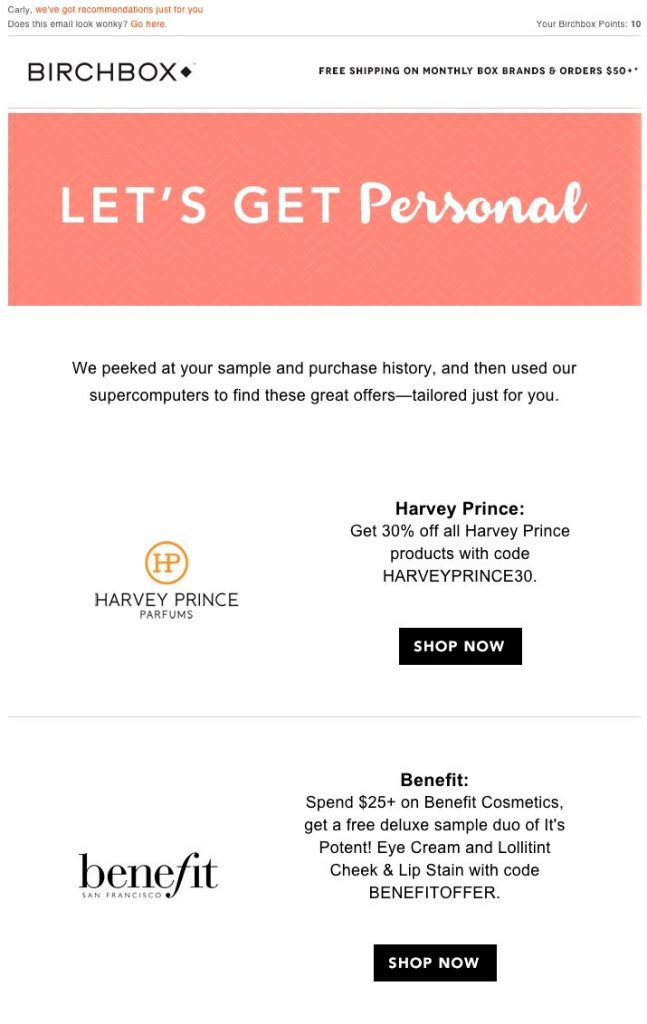
c. Dynamic Websites
Dynamic websites change content based on who’s visiting.
A new visitor sees different content than a returning customer.
This makes the experience more relevant and engaging.
Dynamic websites can increase conversion rates.
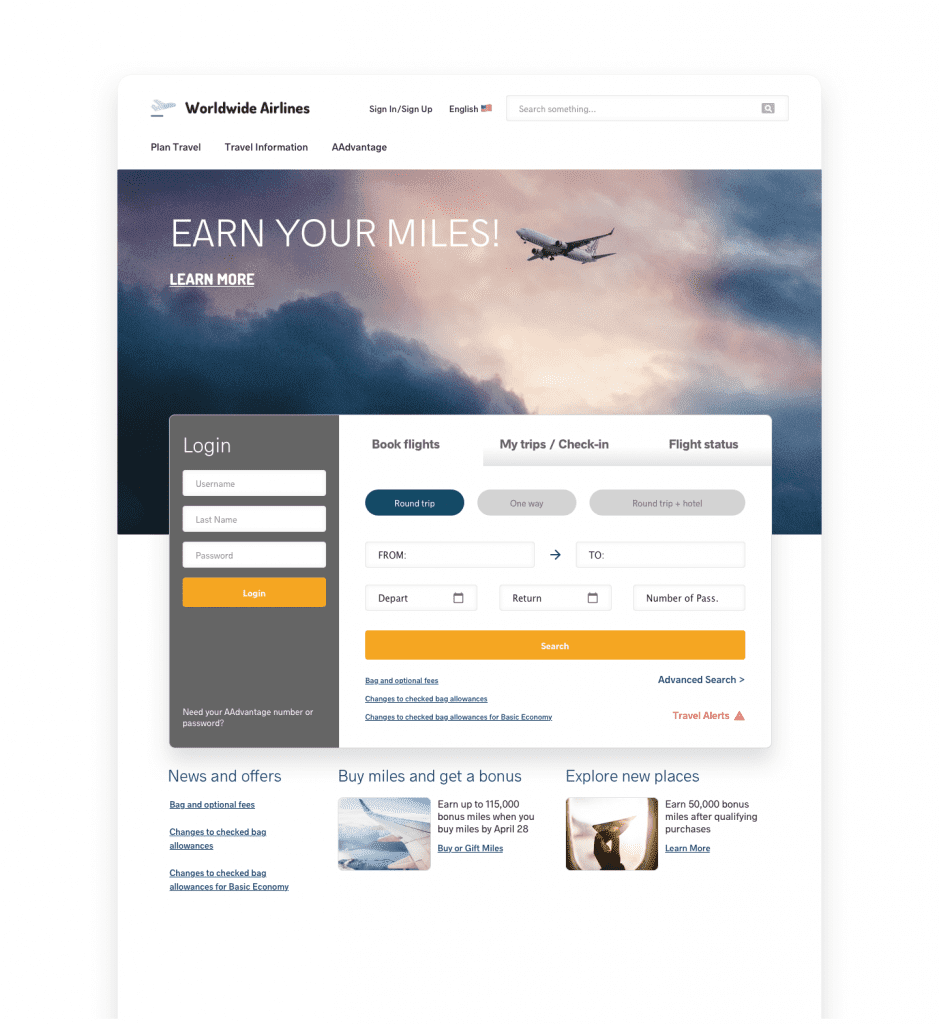
d. One-to-one personalized Marketing
One-to-one marketing is the ultimate in personalization.
It involves direct interactions with individual customers.
Think personalized product recommendations or tailored customer service.
This approach can significantly boost customer loyalty.
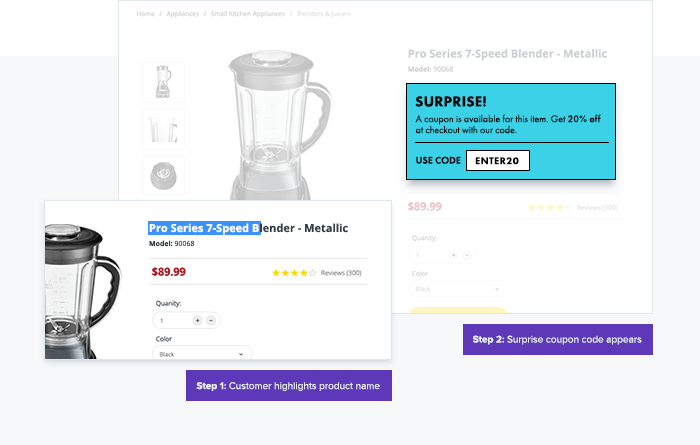
e. Product Recommendations
Product recommendations are based on past purchases and browsing behavior.
They show customers items they’re likely to be interested in.
This not only enhances the shopping experience but also increases sales.

What Are the Benefits of Personalized Marketing?
a. Customers Prefer Personalized Messages
An Epsilon survey found 80 percent of consumers are more likely to do business with a company if it offers personalized experiences—and 90 percent say they find personalization appealing.
People love content that speaks directly to them.
Personalized messages feel more relevant and engaging.
This leads to higher satisfaction and loyalty.
b. Better Understand Your Customers
Personalization helps you gather valuable data.
You learn more about customer preferences and behavior.
This information can improve your overall marketing strategy.
c. Improve ROI of Marketing Efforts
Personalized marketing often delivers better results.
In fact, personalized marketing can reduce acquisition costs by as much as 50 percent.
Here’s more proof: HubSpot found personalized CTAs perform 202 percent better than basic CTAs.
Higher engagement and conversion rates mean a better return on investment.
You’re spending money more effectively.
d. Increase Customer Engagement
Personalized content grabs attention.
It encourages customers to interact more with your brand.
This can lead to more website visits, social media interactions, and sales.
When you succeed at customer engagement, the rewards are priceless: Loyalty improves, revenues increase, and your business grows along with consumer trust.
e. Improve Customer Retention
Happy customers are more likely to stick around.
According to a McKinsey report, brands that use customization effectively don’t just survive—they thrive.
Additionally, 60 percent of customers are likely to return if a brand provides personalized interactions.
Personalization makes customers feel valued.
This can lead to long-term loyalty and repeat business.
f. Enhance Email Open Rates
Personalized emails stand out in crowded inboxes.
Implementing personalized marketing methods can significantly boost your email open rates.
They get opened and read more often.
This boosts the effectiveness of your email marketing campaigns.
Personalized Marketing Frequently Asked Questions
Is personalized marketing expensive?
It can be, but the benefits often outweigh the costs.
How do I get started with personalized marketing?
Start by gathering customer data and segmenting your audience.
Is it hard to implement?
It can be challenging, but many tools and platforms make it easier.
Does it really work?
Yes, studies show personalized marketing improves engagement and sales.
Conclusion
Personalized marketing is essential for modern brands.
It turns generic messages into meaningful conversations.
By understanding and addressing individual needs, you build stronger relationships.
This leads to higher engagement, better ROI, and increased loyalty.
Don’t miss out on the power of personalization.
Start using it today and watch your brand thrive.

